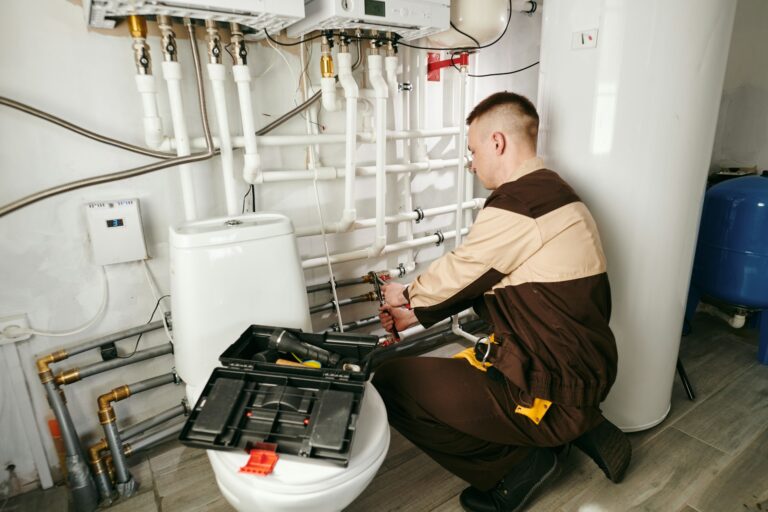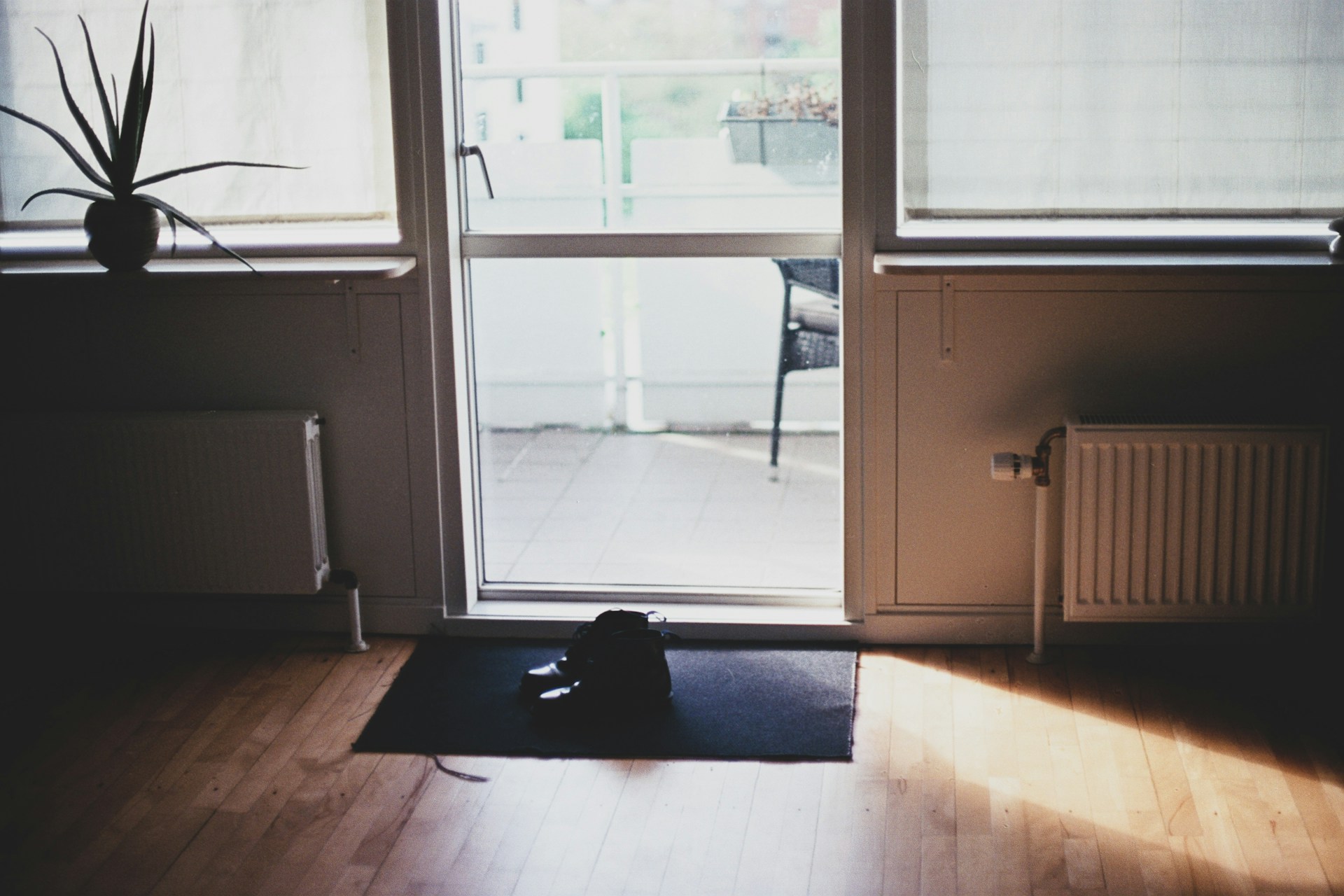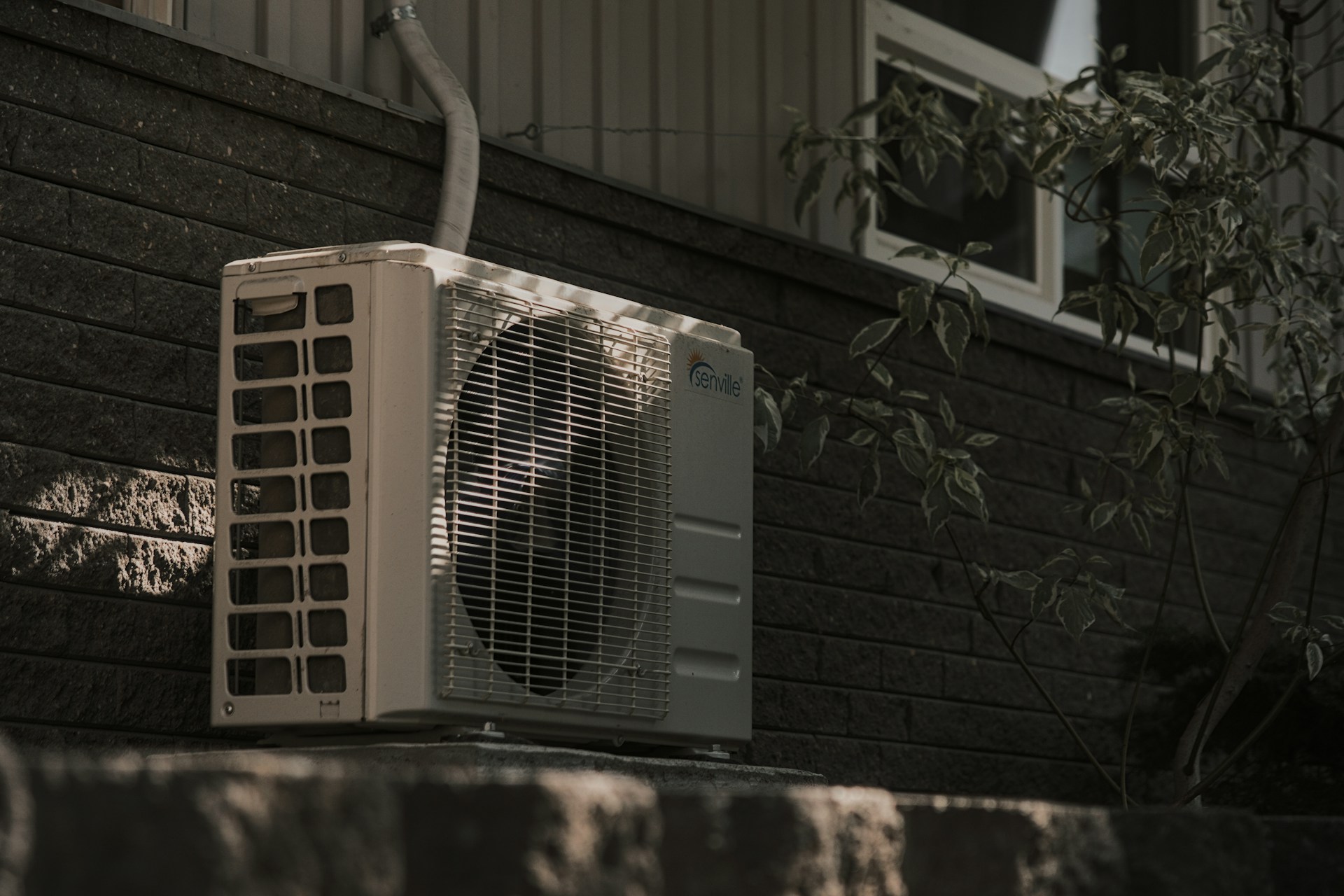Backflow prevention is a critical aspect of maintaining a safe and sanitary home environment. Understanding backflow and its associated risks can help protect your household from potential contaminations. Backflow occurs when water flows in the reverse direction, bringing contaminants into the clean water supply.
Understanding Backflow and Its Risks
What is Backflow?
Backflow happens when water flows in the opposite direction from its intended course. This reverse flow can draw contaminants from various sources into the clean water supply, posing a risk to health and safety. Contaminants can include chemicals, waste, bacteria, and other hazardous substances. Proper backflow prevention is crucial to maintaining the integrity of your home’s water system and ensuring that your drinking water remains clean and safe.
Common Causes of Backflow
Several factors can cause backflow, making it important to understand and address them:
- Pressure Changes: Sudden drops in water pressure, often due to fire hydrant use or pipe bursts, can cause water to flow backward into the clean water supply.
- Cross-Connections: Any physical connection between potable and non-potable water sources can create a pathway for contaminated water to enter the clean supply.
- Faulty Valves: Valves that fail to close properly can allow backflow to occur, sending contaminated water back into your plumbing system.
- Siphonage: This occurs when a negative pressure in the supply line creates a vacuum, drawing non-potable water into the clean water system.
Addressing these common causes can help mitigate the risks associated with backflow, but effective prevention devices are essential for comprehensive protection.
Protecting Your Home with Backflow Prevention Devices
Types of Backflow Prevention Devices
Various devices are available to prevent backflow, each designed to suit different systems and needs:
- Air Gap: The simplest form of backflow prevention, an air gap is a physical space between the water outlet and the flood level of a fixture, preventing contaminated water from flowing back.
- Double Check Valve Assemblies (DCVA): This device includes two check valves, providing redundancy in case one valve fails.
- Reduced Pressure Zone Assemblies (RPZ): A more advanced device, RPZs offer high-level protection by reducing pressure zones within the system, eliminating the chance of backflow.
- Pressure Vacuum Breakers (PVB): These devices prevent back-siphonage by ensuring the air intake valve opens under pressure rises in the piping system.
How to Choose the Right Device for Your Home
Selecting the correct backflow prevention device requires considering several factors:
- Water Usage: Assess the volume and type of water usage in your home to determine the best device.
- Plumbing Configuration: Consider the layout of your plumbing system. Some devices are better suited for residential settings, while others are designed for commercial use.
- Local Codes: Ensure the device you choose complies with local plumbing codes and regulations, which can vary significantly.
- Professional Advice: Consult our professionals for an assessment. They can help you select the most effective device for your unique needs, ensuring optimal protection for your water supply.
Choosing the right device is essential for effective backflow prevention. Proper installation and regular maintenance will ensure the device continues to protect your clean water supply.
Signs You Need Backflow Prevention Maintenance
Indications of Backflow Problems
Detecting signs of backflow problems early can prevent severe damage and contamination. Be on the lookout for:
- Discolored Water: If the water from your taps appears brown or rusty, it could indicate a backflow issue.
- Unusual Taste or Smell: A strange taste or odor in your water can be a sign that contaminants have entered the water supply.
- Low Water Pressure: A sudden drop in water pressure can point to a possible backflow problem.
- Water Flow Issues: Inconsistent water flow or sputtering can indicate that something is wrong with your backflow prevention system.
Addressing these signs promptly can prevent more serious contamination and potential health risks.
Consequences of Ignoring Backflow Prevention
Neglecting backflow prevention can have severe consequences. These include:
- Health Risks: Contaminated water can cause severe illnesses, from minor stomach issues to more serious diseases.
- Property Damage: Backflow can damage your plumbing system, leading to costly repairs or replacements.
- Legal Issues: Failing to comply with local plumbing codes and regulations can result in fines and other penalties.
- Reduced Water Quality: Persistent backflow issues can significantly degrade the quality of your water, making it unsafe for daily use.
Regular maintenance and prompt attention to backflow problems are crucial for avoiding these negative outcomes.
Professional Backflow Prevention Services
Benefits of Regular Inspections
Regular inspections form a crucial part of effective backflow prevention. Here are some benefits:
- Early Detection: Inspections help identify potential issues before they escalate into major problems.
- System Efficiency: Regular checks ensure that your backflow prevention devices are functioning efficiently and correctly.
- Compliance: Inspections help ensure your home’s plumbing system complies with local codes and regulations.
- Peace of Mind: Knowing that your water supply is protected from backflow contamination brings peace of mind.
Routine inspections by our professionals can save you from the stress and costs associated with emergency repairs.
How Our Professionals Ensure Effective Backflow Prevention
Our professionals employ a comprehensive approach to ensure your backflow prevention system remains effective:
- Thorough Assessments: Our technicians conduct detailed inspections, checking for any signs of wear or malfunction in your backflow prevention devices.
- Expert Repairs: Should any issues be found, our professionals are skilled in performing necessary repairs to restore your system’s integrity.
- Preventative Maintenance: Regular servicing and maintenance help prevent backflow issues from arising in the first place.
- Education: Our team educates homeowners on the importance of backflow prevention and how to identify potential problems early.
By choosing our services, you can trust that your home’s water supply will be protected from contamination.
Conclusion
Backflow prevention is vitally important for maintaining the safety and cleanliness of your home’s water supply. Understanding what backflow is and recognizing the common causes can help you take appropriate measures to protect your household. Installing the right prevention devices and ensuring they are well-maintained will safeguard against contamination and health risks.
Schedule your backflow prevention service in Covina, CA with us at Power Pro Plumbing Heating & Air today. Our skilled technicians are ready to help you maintain a safe and effective water system for your home.










